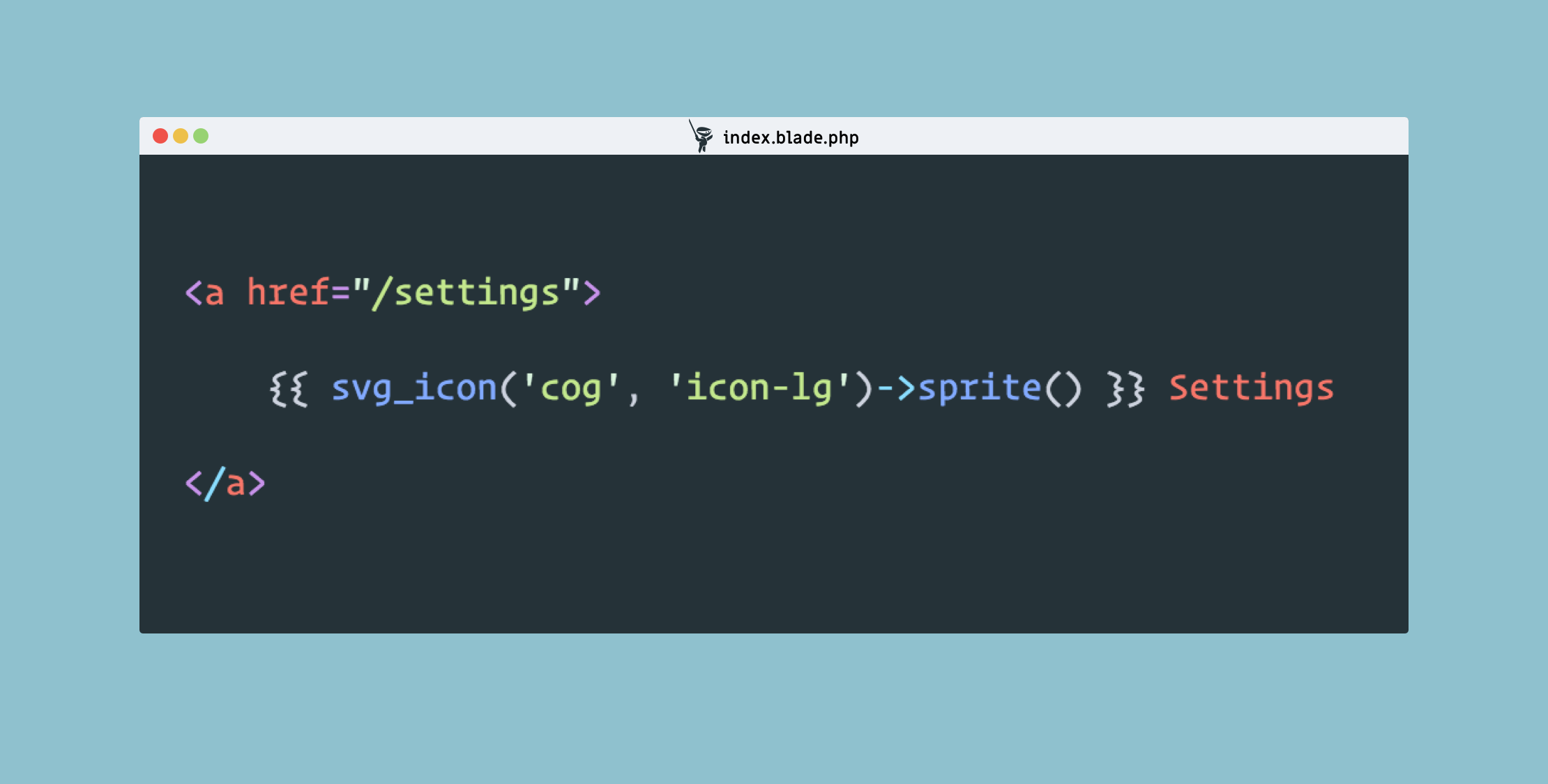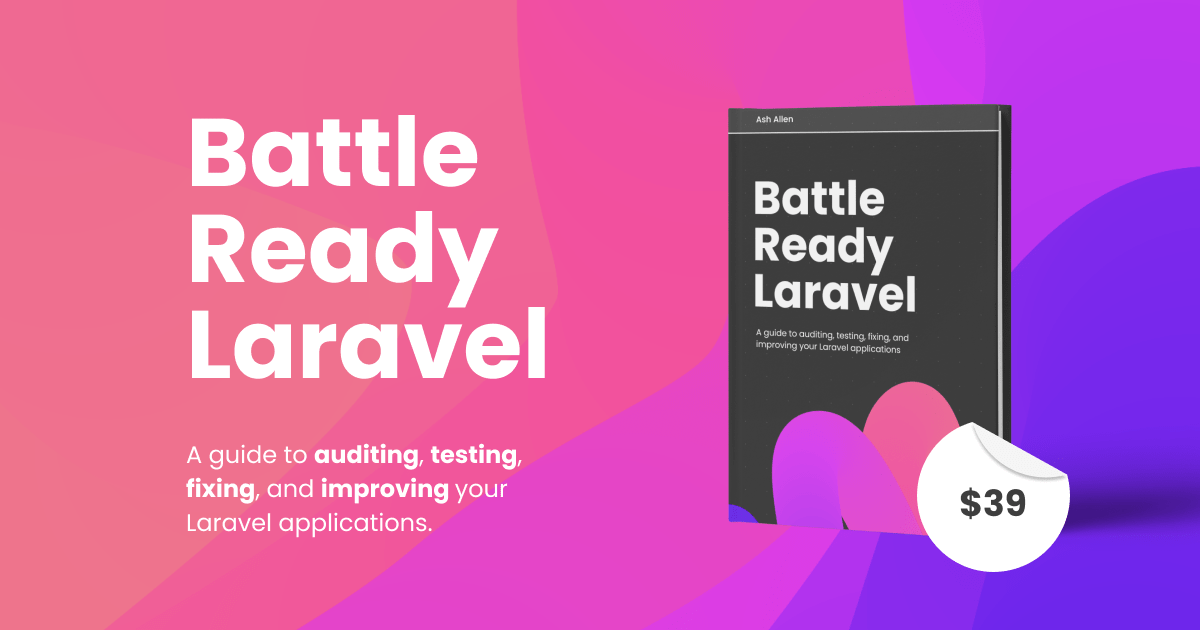Using SVG’s in your design is all the rage and for good reason. They can be resized to any size without becoming pixelated, you can reference them by id, modify them through CSS or JavaScript.
One of the difficulties in using SVG files in your templates is referencing them. Currently, there are three ways this can be done. Either referencing an SVG file, embedding the whole thing, or use an SVG sprite.
Here is how the different styles look when written in HTML:
Image Src
<img src="icon.svg" alt="My SVG Icon">Embedding an SVG
<svg class="icon icon-lg" viewBox="0 0 20 20" xmlns="http://www.w3.org/2000/svg"> <path d="M3.938 6.497a6.958 6.958 0 0 0-.702 1.694L0 9v2l3.236.809c.16.6.398 1.169.702 1.694l-1.716 2.861 1.414 1.414 2.86-1.716a6.958 6.958 0 0 0 1.695.702L9 20h2l.809-3.236a6.96 6.96 0 0 0 1.694-.702l2.861 1.716 1.414-1.414-1.716-2.86a6.958 6.958 0 0 0 .702-1.695L20 11V9l-3.236-.809a6.958 6.958 0 0 0-.702-1.694l1.716-2.861-1.414-1.414-2.86 1.716a6.958 6.958 0 0 0-1.695-.702L11 0H9l-.809 3.236a6.96 6.96 0 0 0-1.694.702L3.636 2.222 2.222 3.636l1.716 2.86zM10 13a3 3 0 1 0 0-6 3 3 0 0 0 0 6z" fill-rule="evenodd"> </path> </svg>SVG Sprite
<svg xmlns="http://www.w3.org/2000/svg" xmlns:xlink="http://www.w3.org/1999/xlink" width="0" height="0" style="position:absolute; display: none; visibility: hidden; width: 0; height: 0;"> <symbol id="icon-arrow-down" //.. <symbol id="icon-arrow-up" //.. // etc…</svg> <!— Then to referece it: —><svg><use xlink:href="#icon-arrow-down"></svg>As you can hopefully see using the inline or sprite style is not that user friendly and it’s a lot of copy and pasting the icon text around.
Adam Wathan launched a new Laravel package to make all this much easier when you are using the Blade template engine.
Laravel Blade SVG Package
The Blade SVG package adds a new directive for either inline SVG or using SVG sprites.
Once installed this gives you the option to picking what choice best suits your project through a config item:
return [ 'inline' => true, // True renders the full icon SVG inline by default // False references the sprite sheet and render the icon with a `use` tag];You also then have access to the following two directives:
@icon('icon-arrow-up'){{ svg_icon('icon-arrow-up') }}The difference is the svg_icon is a helper that allows a fluent chaining syntax for more advanced operations:
{{ svg_icon('icon-arrow-up')->alt('Arrow')->dataFoo('bar')->dataBaz() }}Sample Blade SVG Usage
With the inline flag set to true you use it like this:
@icon('icon-arrow-up', ['class' => 'icon-lg'])Which renders the following:
<svg class="icon icon-lg" viewBox="0 0 20 20" xmlns="http://www.w3.org/2000/svg"> <path d="M3.938 6.497a6.958 6.958 0 0 0-.702 1.694L0 9v2l3.236.809c.16.6.398 1.169.702 1.694l-1.716 2.861 1.414 1.414 2.86-1.716a6.958 6.958 0 0 0 1.695.702L9 20h2l.809-3.236a6.96 6.96 0 0 0 1.694-.702l2.861 1.716 1.414-1.414-1.716-2.86a6.958 6.958 0 0 0 .702-1.695L20 11V9l-3.236-.809a6.958 6.958 0 0 0-.702-1.694l1.716-2.861-1.414-1.414-2.86 1.716a6.958 6.958 0 0 0-1.695-.702L11 0H9l-.809 3.236a6.96 6.96 0 0 0-1.694.702L3.636 2.222 2.222 3.636l1.716 2.86zM10 13a3 3 0 1 0 0-6 3 3 0 0 0 0 6z" fill-rule="evenodd"> </path></svg>Compared to if you have the inline set to false:
@icon('icon-arrow-up', ['class' => 'icon-lg'])Would render:
<svg class="icon icon-lg"> <use xmlns:xlink="http://www.w3.org/1999/xlink" xlink:href="#icon-arrow-up"></use></svg>No matter which style you have as the default you can switch between them with the svg_icon helper.
{{ svg_icon('icon-arrow-up', 'icon-lg')->sprite() }}{{ svg_icon('icon-arrow-up', 'icon-lg')->inline() }}As you can see, this package will be very useful for when you are working with SVG files and will keep your views clean and easier to manage.
If you’d like to learn more checkout the GitHub repo.














